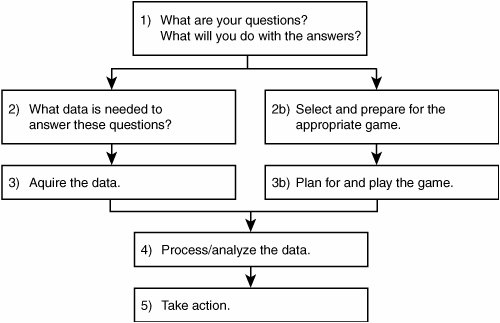Respond in the Report, Not in Real-time The collaborative nature of Innovation Games gives you plenty of opportunity to respond to customer feedback in real-time. For example, Speed Boat explicitly asks customers to tell you what they don't like about your product or service, and many times customers will try and pin you down for a specific time frame for fixing a perceived problem. Similarly, Buy a Feature asks customers to collaborate on purchasing their most desired features. When done, they may ask you for commitments on when you'll be delivering on the features they've purchased. Do everything in your power to resist responding to customer requests in real-time. Responding to requests substantially changes, and can unintentionally stop, the flow of information from your customers. Instead of gathering data, you're responding to problems. They'll realize this, and the most vocal customers will take charge to try and get what they want. And what your most vocal customers want may not be what the rest of your customers want. You need time to think through the data you obtain while playing the game before committing to a plan of action. Indeed, committing to a plan of action is risky, as making commitments to customers during a game is almost certainly going to circumvent your normal planning processes. In one situation I've seen these normal planning processes overturn, for good reasons, a commitment made during a game. Explaining this to the affected customers was not fun. After you have committed to a plan of action, you will want to share this with all your customers. For the customers who played the game, you'll want to share your plan of action in a way that emphasizes how their feedback helped to create this plan. For example, if their feedback resulted in modifications to a development road map, show them the old road map along with the new road map so they can trace the effects of their participation in the games. For your other customers, you'll want to leverage your normal communication channels to keep them up to date on your plans. | 